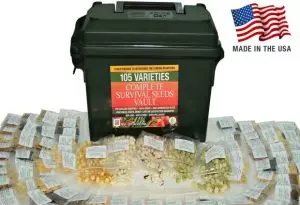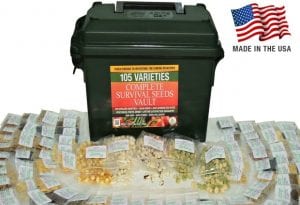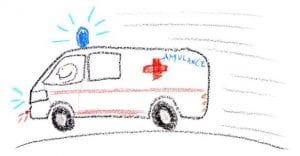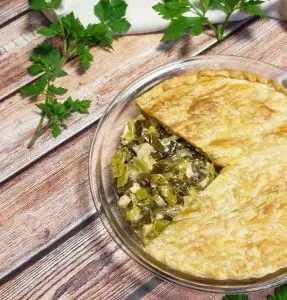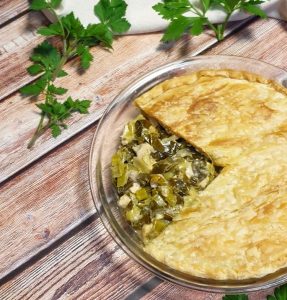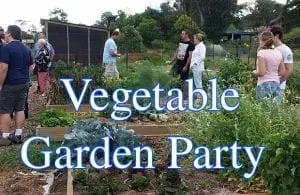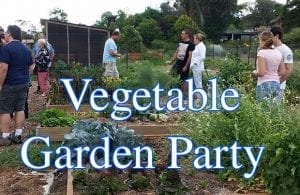Vegetable gardening is so much fun and has such great rewards for the body and soul. There’s nothing better than connecting with nature, getting some exercise, then reaping the benefit of fresh organic veggies on your plate every day.
We’re living in increasingly difficult times and uncertainty is all around. Thousands of us are spending far more time at home than ever before, so it makes sense to take up a health-improving new hobby that gives us some food security too.
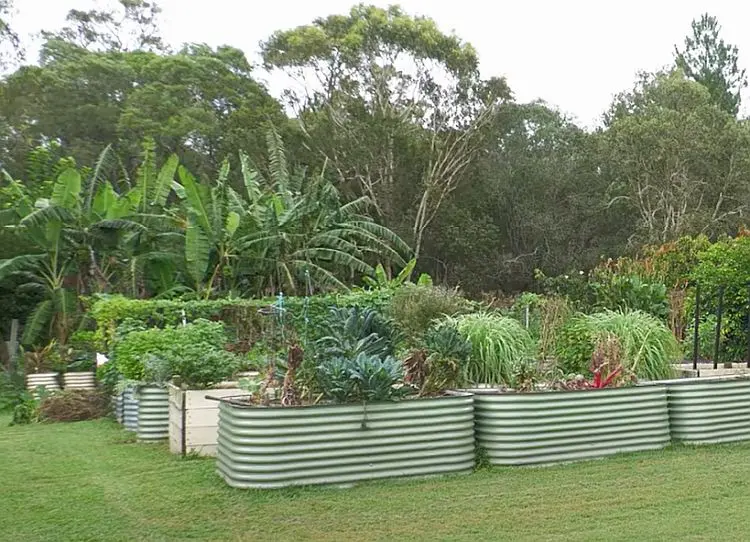
Starting a garden can seem overwhelming at first, but by breaking it down into manageable steps and following a few important guidelines, you too can be a successful vegetable gardener. The beauty of gardening is its flexibility; you can work at your own pace & in your own time. You can use pots, portable raised beds, in-ground plots, wicking beds, home-made sleeper beds…the variety is endless. Whether you’re a retiree, a busy professional, or need help from others, there is a type of vegetable garden to suit you. Let’s get started!
Choose the Right Position
The location you choose for growing your veggies can make or break your gardening success, so this is an important decision. Moving garden beds is no easy task, so consider all aspects before you get started.
You need a position which receives at least six hours of full direct sun per day. Light is one of the most important considerations, because if your plants don’t get the light they need, nothing will ever thrive. Take your time and observe where the sunlight falls at all times of the day. Morning sun is gentler than afternoon sun, and a bit of both is ideal. Remember that the winter sun is less intense and sits lower in the sky, so any shade from trees or fences will be greater during the cooler months.

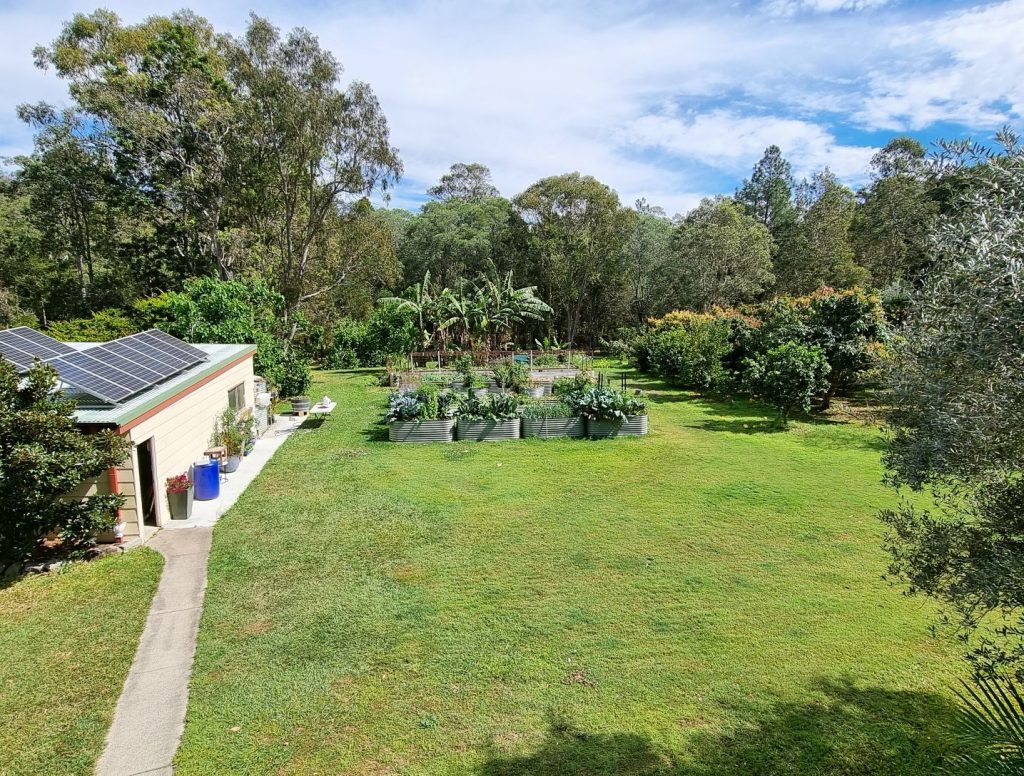
Think about ease of watering, and the location of your hose and water source. Consider the amount of time you’ll need to spend watering- it will increase as your garden gets bigger. Buy the best quality hose you can- hoses are one of those things where you get what you pay for. Self Sufficient Me uses & recommends Hoselink hoses, as shown below (available in Australia only). Gardening is an addictive hobby, and gardens tend to expand before you know it! If hand watering isn’t for you, then perhaps an automated watering system is the solution. You’ll still need to remember to turn it on, but it will save a lot of time.

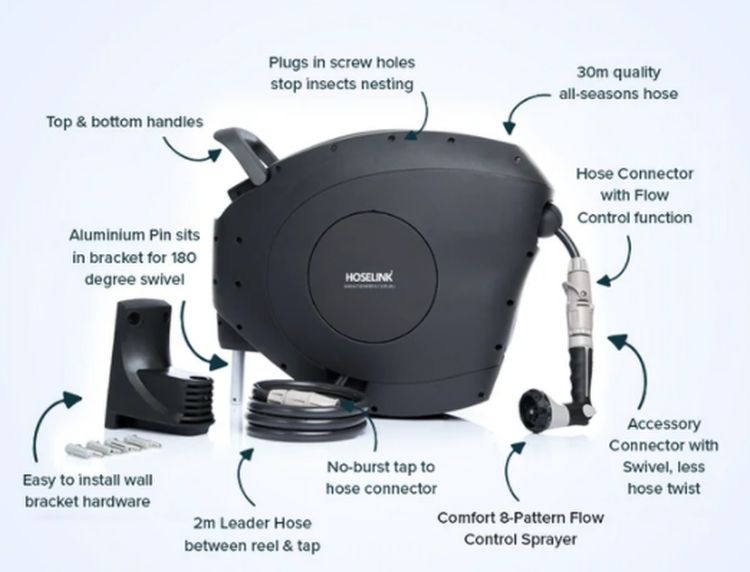
Make sure the position is well drained. This means that water will moisten the soil thoroughly and the excess will drain away without leaving the soil too wet. Very few edibles will survive having ‘wet feet’, so be sure of the natural drainage on your property if planting straight into the ground.
Don’t risk wind damage. Many vegetables have shallow root systems, and can easily experience fruit drop, damaged foliage or be torn from the ground by strong winds. Consider this when positioning your garden, or that you can protect from the wind by using a cover of some sort. Netting, shadecloth or simple sheets of plastic are simple low-cost solutions you could try.

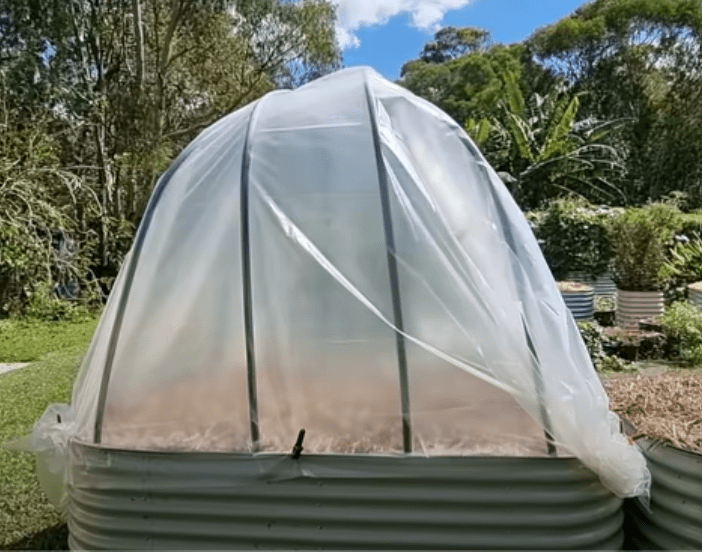
How Big Should my Garden Be?
One of the most common mistakes new gardeners make is to take on too much too soon. This can quickly make you feel overwhelmed and under-motivated. When starting out, bear in mind that a large garden can take a significant amount of time to maintain, so it’s best to start small and expand gradually. Taking it in small, manageable steps will lead to early success. This success will encourage you to expand your knowledge and try more new things in the following season.
What Kind of Garden Beds Should I Get?
There is a wide variety of garden beds to choose from, but the first point to decide on is whether your garden will be permanent or portable. Raised beds are extremely popular, and they come in lot of different shapes, sizes and price points. Most can be purchased online and delivered right to your door. We recommend the corrugated steel beds from Birdies, due to their high quality & longevity. If you opt for smaller separate beds, make sure you place them thoughtfully. Consider whether you will need to leave enough space between them for a lawnmower or wheelbarrow.
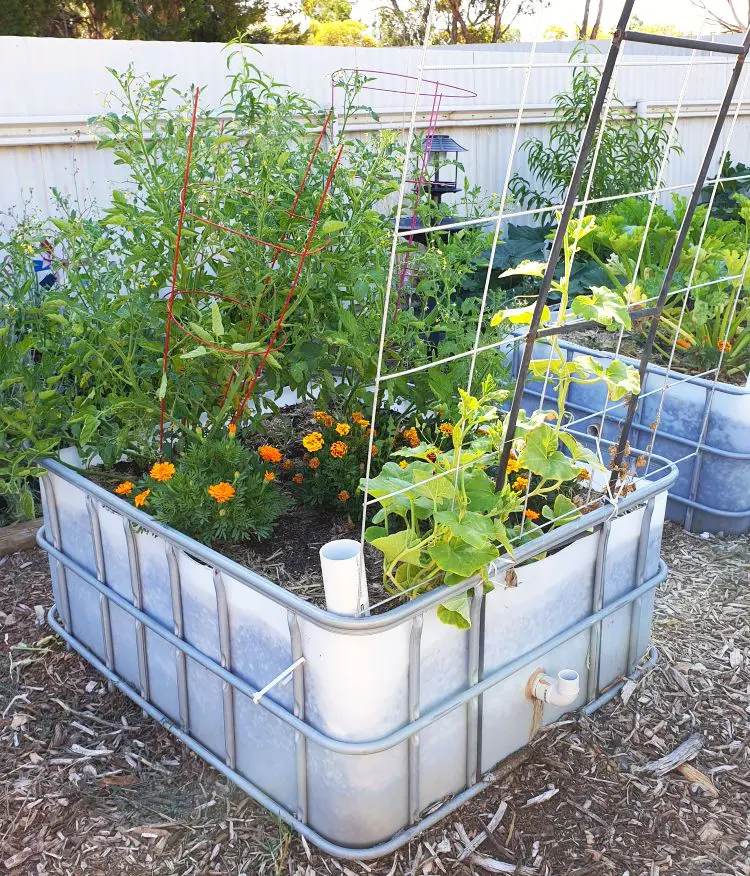
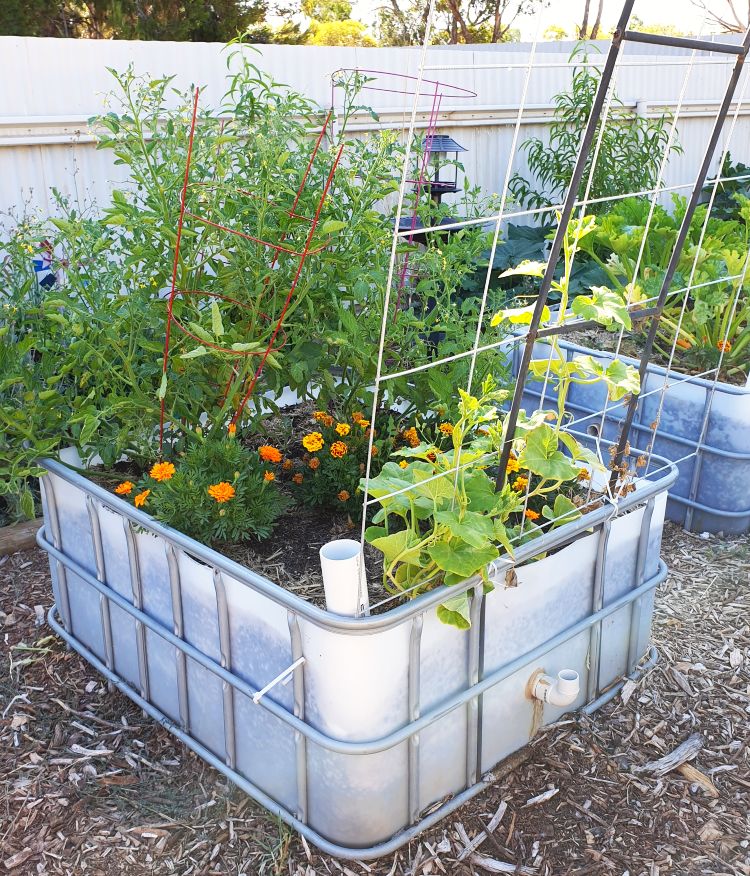
Wicking beds are a great alternative if you want to save time on maintenance and maximise water efficiency. They work the same as a saucer under a pot plant: think of the wicking bed as a giant pot with a water reservoir contained under the soil. Plants draw up water as and when they need it, so you only need to refill the water reservoir every week or so.
Choosing What to Plant
Firstly, plant crops in the correct season for your climate zone. It’s very important that you have some initial success. There’s nothing worse than being all excited but going about it half-informed, then failing. You’ll lose enthusiasm and never get the results you crave. Look for a planting guide for your climate zone and follow it. Wait until you have a little experience before taking risks.
Start with the easiest crops, then work up to the more difficult ones. Green leafy veggies are a good starting place for beginners. They tolerate some shade, will let you know when they need water, and are forgiving if under- or over-fertilised. Most climate zones have a green or two that can be planted any time. Root crops are next easiest, with veggies that flower & fruit being the trickiest to grow. Herbs can be more difficult to grow than you might think. Start off with just one or two that are well-suited to your climate and go from there. Pay particular attention to their water needs, as this is where herbs are the most fussy.
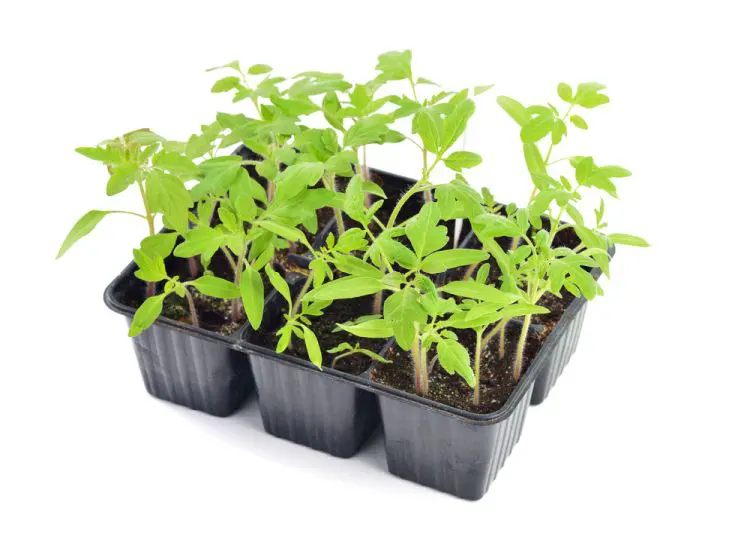

Buying seedlings (starts) will almost certainly set you on the path to success. While it’s very rewarding to grow from seed, purchasing seedlings gives you a head start if you’re lacking time or experience. This is a more expensive way to get started, but the plants will be stronger and suitable for your climate .
Look after your garden. Sounds obvious, but care is key. Check on your plants every day. Keep the soil mulched, trim off spent leaves, build & fertilise your soil, and look out for pest damage. Water regularly and keep the weeds at bay. Spending time in your garden will be a relaxing, energising time. Feed your garden with love & care and it will feed you back ten times over with healthy organic food. Above all, don’t forget to spend time in your garden just taking in the wonder you’ve created!



